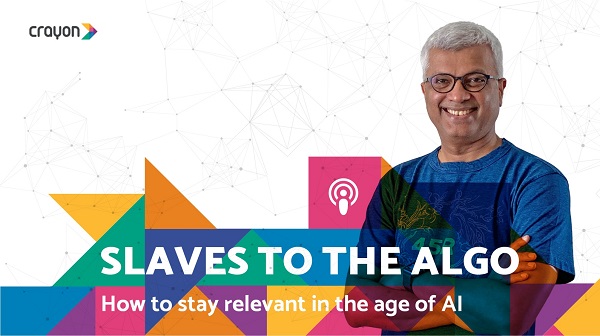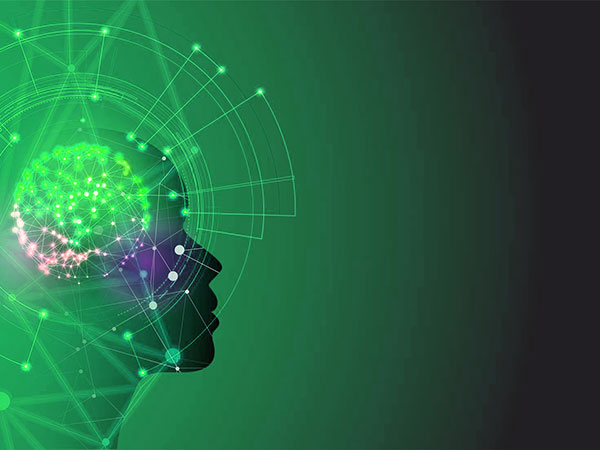The advancements in the development of artificial intelligence spread all over the world at a tremendous speed and create an incredible hype increasing our expectations. As a matter of fact, it is rather difficult to disappoint a user in an entertaining domain: an introduction of AI and neural networks is instantly gaining immense popularity (Prisma and FaceApp applications are good examples of that). In this article, we have compiled 9 ways to use artificial intelligence in education.
Automated grading
Automated grading is a specialized AI based computer program that simulates the behavior of a teacher to assign grades to essays written in an educational setting. It can assess students’ knowledge, analyzing their answers, giving feedback and making personalized training plans.
Intermediate interval education
Revision of knowledge when you are just about to forget it is an effective educational and technological solution. Polish inventor Peter Wozniak came up with an educational application based on the effect of the interval. This app keeps track of what you are learning, and when you are doing it. Using artificial intelligence, the application can find out when you most likely have forgotten something and recommend you revise it. It takes only a few revisions to make sure that the information is now stored in your memory for many years.
Feedback loops for teachers
Feedback, that is, students’ assessment of teachers, has a century-long history. Despite the shift from paper to online surveys, little to no progress has been made in the feedback look area. Since student evaluation of teaching is often the most valuable source of information, it is obvious that it needs to be elevated.
Thanks to modern technologies, such as AI-driven chat robots, machine learning, and natural language processing, there are many interesting opportunities for improving the quality of feedback.
A chatbot can collect opinions via a dialog interface just like a real interviewer but with a small amount of required work from a person. A conversation can be adapted in accordance with the answers and personality of a student. A chatbot can even find out the reasons for this or that opinion. You can also filter out personal insults and obscene expressions, which are sometimes present in teacher’s ratings.
Virtual Facilitators
At the Georgia Institute of Technology, students were fascinated by a new teacher’s assistant named Jill Watson, who quickly and accurately answered students’ requests. However, the students did not know that Ms. Watson’s true identity was actually a computer equipped with an IBM-AI system. Such virtual facilitators can be highly useful in the educational domain.
Chat Campus
At the University of Deakin in Victoria, Australia, the development of a chat campus is in full swing. As with the teacher assist, the intelligence behind this comes from IBM’s supercomputer system named Watson.
Once the project is finished, the chat campus will be able to answer questions related to everything that a student should know about the life on the campus. How to find the next lecture hall, how to apply for the next semester class, how to get assignments, where to find a parking lot or how to contact a professor – these are all the questions that AI chat campus bots will be able to solve.
Personalized learning
Personalized learning refers to a variety of educational programs in which the pace of learning and the instructional approach are optimized for the needs of each learner. The experience is tailored to learning preferences and the specific interests of different learners. AI can adapt to the individual pace of learning and can consistently offer more complex tasks to accelerate learning. Thus, both fast and slow students can continue to study at their own pace.
Adaptive Learning
Adaptive learning is perhaps one of the most promising areas of application of AI for education. It is assumed that artificial intelligence in schools can track the progress of each individual student and either adjust the course or inform the teacher about the material that a given student has difficulty comprehending. In this regard, it is also worth mentioning some intelligent tutoring systems.
Proctoring
Distance learning, the locomotive of modern high-tech education, implies running distance exams. How can we conduct it in such a way as to make sure that a student does not cheat? AI-powered protecting systems come to rescue. Proctoring or Proctored Test is a mechanism to ensure the authenticity of the test taker and prevent him/her from cheating via a proctor is present during the duration of the test.
Data Accumulation and Personalization
Using geolocation data and our previous search queries, AI is already able to offer us the ideal cafe nearby or, for example, to build a route to the nearest store of your favorite comic books. The same technology can be applied when we study some grammatical rule based on examples only from the sphere that interests us with all educational content adapting to us.























